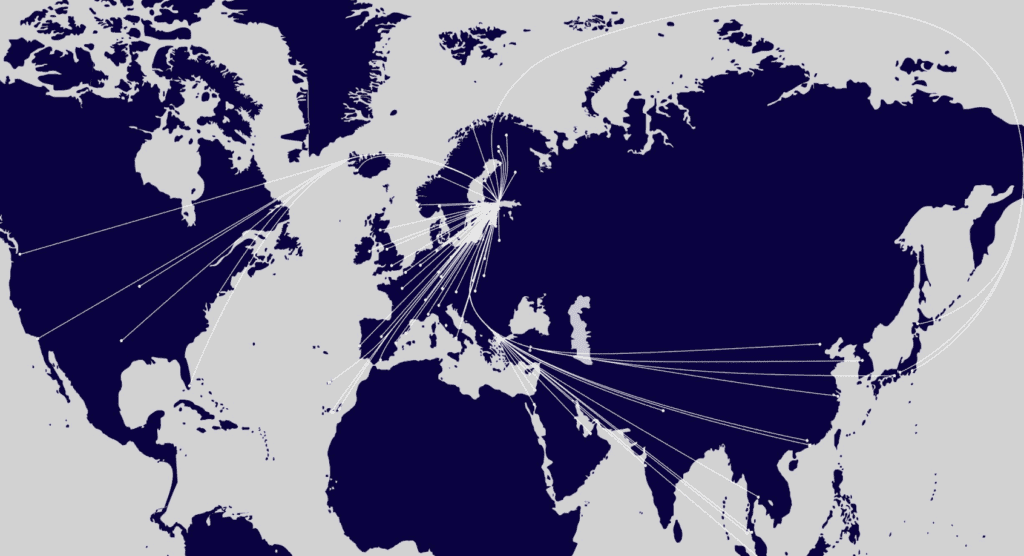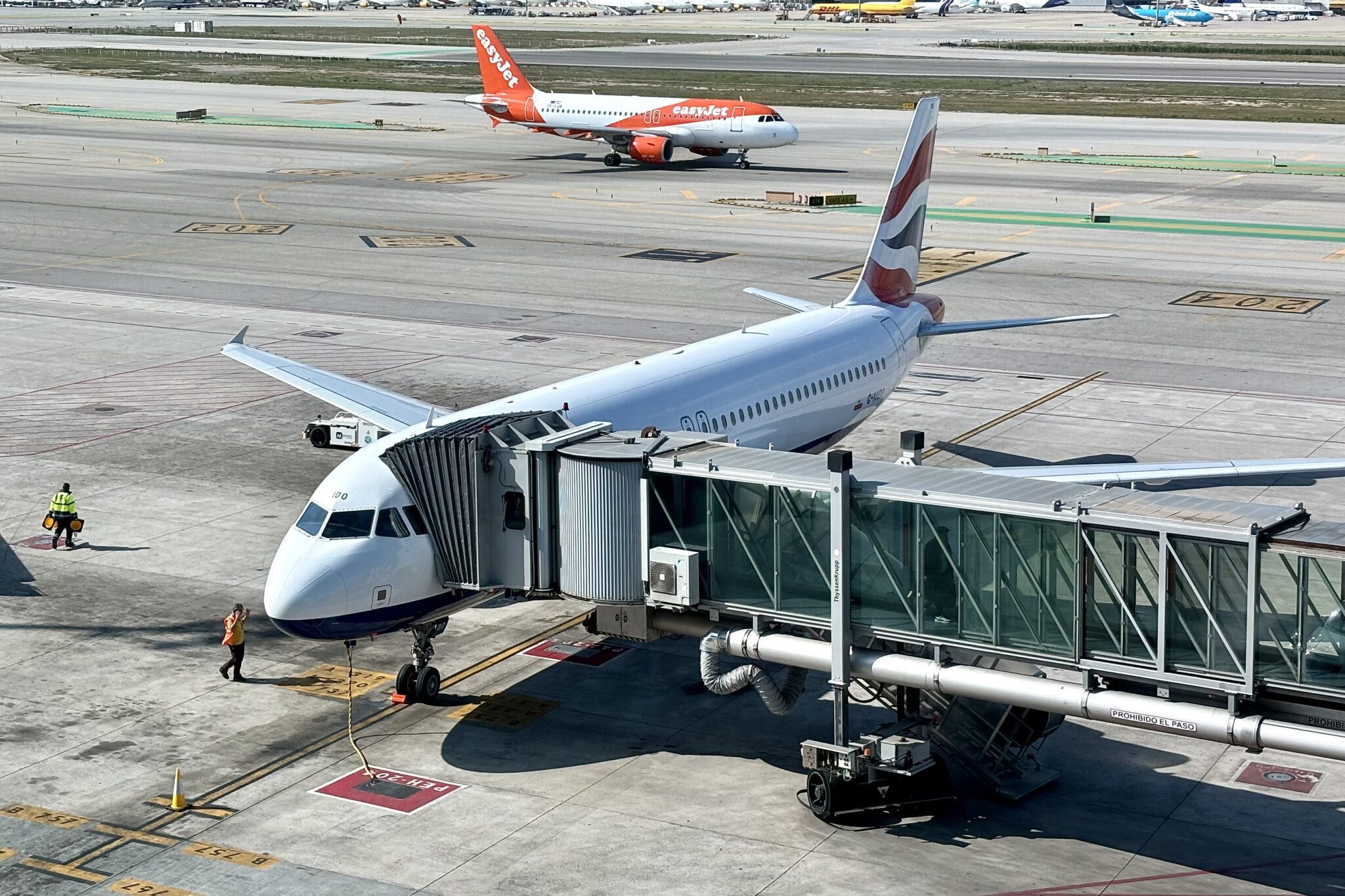Few European airlines bear the weight of sanctions on Russia and the closure of the country’s airspace more than Finnair. In the early days of the war in Ukraine, the carrier was forced to suspend its flights to North Asia while it found viable routings around Russia, and even now, must fly up to 40 percent longer to Seoul, Shanghai, and Tokyo, once mainstays of its international network.
“Nobody really knows how long Russian airspace will remain closed,” Finnair CEO Topi Manner said during the airline’s first-quarter results call on April 27. “What is clear is, first, a peace in Ukraine would be needed and then, after that, the political discussion of the willingness to lift at least some of the sanctions would start.”
Manner does not expect Western countries to move quickly to lift sanctions, imposed shortly after Russia invaded Ukraine on February 24. Nor does he expect Russia to ease its overflight bans. And that means changes big and small are afoot for Finnair, which prior to the pandemic did good business connecting Europe and North Asia via its Helsinki hub. The airline has already pivoted its long-haul network towards more South Asia and U.S. flying but also has turned to wet-leasing and selling aircraft to reflect its lower-than-planned flying levels. It also plans to shave another €60 million ($63 million) in annual savings from its business.
Finnair will operate 73 percent more capacity to North America in the September quarter than it did in 2019, according to Cirium schedules. And to South and Southeast Asia, it will operate 2 percent more capacity. This growth is driven by the network additions of Dallas-Fort Worth in March, Seattle in June, and Mumbai in August, as well as the nearly doubling of Delhi flights this summer.
“When you fly from India to the U.S. and vice versa, it makes sense to fly through the Helsinki hub. We have a competitive offering,” said Manner. The uptick in transfer passengers between the two regions is supporting the additional transatlantic capacity, he added.
But the map changes are not enough to offset the flying Finnair has suspended to Asia, some of which is due to the Russian airspace closure but much the result of continued Covid-19 border restrictions, particularly in China. Overall Asia capacity will be down 65 percent in the third quarter, which includes the suspensions of 10 cities ranging from Beijing to Fukuoka and Xi’an, Cirium shows.

Finnair plans to fly roughly 70 percent of its 2019 system capacity this summer, Manner said. That number rises to roughly 80 percent when including the aircraft wet-lease deals it has with British Airways and Lufthansa.
The wet-leases allow Finnair to put its otherwise idled aircraft — and staff — to work. BA will take four Airbus A321s, and Lufthansa three Airbus A350s, Manner said. These contracts allow Finnair to avoid involuntary staff furloughs for the summer season, he added.
But long-term Finnair recognizes that it must shrink. The airline has already sold four A321s and reduced its total fleet count to 80 aircraft, including 24 operated by affiliate Nordic Regional Airlines, Manner said. It is evaluating additional sale opportunities and looking for more wet-lease work particularly in the slower winter months. Manner did not say what number of aircraft Finnair targeted in an operating environment where Russian airspace remains closed indefinitely.
Finnair’s shifting business strategy is in contrast to what is otherwise a buoyant market. Bookings in Europe and to South Asia and the U.S. are “close to” pre-pandemic levels, and demand for the airline’s products, including its new premium economy cabin, is robust, said Manner. As such, Finnair expects to narrow its operating loss to roughly €65 million in the June quarter from €165 million in the March quarter. The airline maintains its expectation of a passenger traffic recovery in 2023.
Another bright spot for Finnair is cargo. Freight revenues were up 155 percent compared to 2019 to €121 million in the March quarter. But cargo yields between Europe and both Japan and South Korea increased as much as 165 percent from February to March after the Ukraine war began, said Manner. These high yields are helping support the airline’s continued flights to Seoul, Shanghai, and Tokyo. Systemwide cargo yields were up 150 percent year-over-three-years in March.
“Our operating environment is stabilizing … and we’re breaking the pattern of only commenting the next quarter as we have during the pandemic,” said Manner.
Despite the stabilizing environment, Finnair does plan to begin drawing down a €400 million capital loan from the state of Finland during the second quarter, said Manner. Draws will be used to bolster the airline’s balance sheet as its equity ratio is expected to fall below pre-defined limits.
Finnair reported a pre-tax loss of €212 million in the first quarter. Revenues of €400 million were up 252 percent year-over-year, but down 41 percent compared to 2019. Passenger traffic was down 61 percent year-over-three-years on a 35 percent decrease in capacity.





